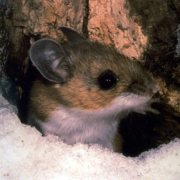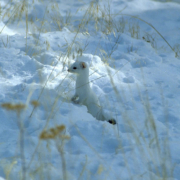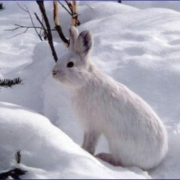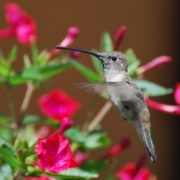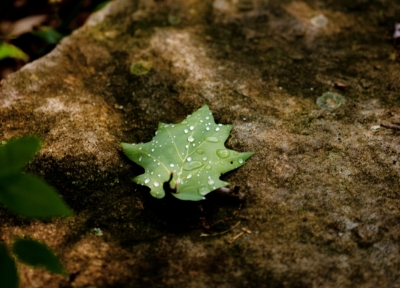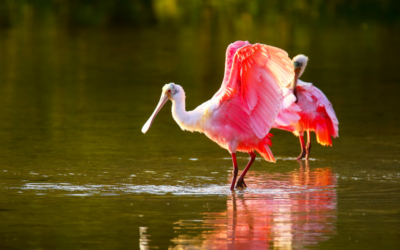Habitat Design that Invites Exploration
One of the best ways to spread awareness of and interest in biodiversity conservation is to provide opportunities for people to enjoy wildlife and their habitats. While unstructured, even “messy” habitats have their place, a nice-looking habitat will create a much more inviting environment that employees and visitors will want to spend time in.
The main thing to keep in mind is to make the project look intentional and inviting to exploration. Here’s a few ideas to get you started:
Make it more colorful by using a diversity of native plant species with colorful flowers and attractive foliage.
Make it highly visible. If you are able to choose the location for your project, put it somewhere folks will easily see, such as placing your pollinator garden near a building entrance. This visual reminder will entice people to visit the habitat.
Use plantings and maintain vegetation to create attractive lines and shapes. Install or maintain vegetation in such a way as to create soft, rounded corners and curving lines, instead of hard, straight edges with corners.
Plant seeds or plugs in “drifts” composed of one or two species or maintained mowed borders around the edges of plantings to create a more attractive, intentional look to large planting projects like meadows or prairie restorations.
 Make it accessible to users of all abilities. It’s easy to feel like accessibility is a burden, so instead, look at it as an opportunity to allow more folks to enjoy and learn about biodiversity. Ensure that both able-bodied and differently-abled people can get to your habitat and can use it without difficulty once they get there. Look to ADA guidelines or talk to a local disability advocacy group for ideas on improving accessibility in realistic ways, like adding braille to signage for visually-impaired users or providing a level trail with railings for mobility-impaired users.
Make it accessible to users of all abilities. It’s easy to feel like accessibility is a burden, so instead, look at it as an opportunity to allow more folks to enjoy and learn about biodiversity. Ensure that both able-bodied and differently-abled people can get to your habitat and can use it without difficulty once they get there. Look to ADA guidelines or talk to a local disability advocacy group for ideas on improving accessibility in realistic ways, like adding braille to signage for visually-impaired users or providing a level trail with railings for mobility-impaired users.
Add structures that encourage folks to pause and enjoy the scenery, such as benches, wildlife observation decks, or friendly signage with information about what they’re seeing nearby.
Add a trail or boardwalk to make it easy for folks to get to your habitat, or to enjoy a walk through the habitat once they get there.
If your team is feeling particularly creative, you might even consider adding artistic features that celebrate habitat while also enhancing it, like these artful rainwater design projects created by a team at Penn State University or a pollinator garden shaped like a butterfly.


